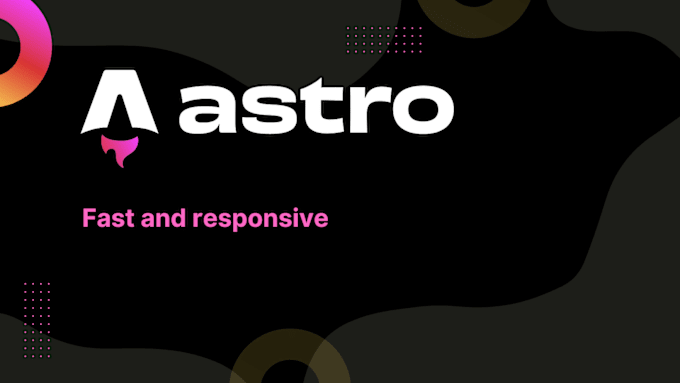Middleware Patterns in Express.js: Clean APIs Without the Mess

Express.js is probably the most “yeah just works” tool in the Node.js ecosystem. But the moment your API grows a little, and your routes go from three to thirty, the whole thing starts to feel like wet spaghetti.
So today I want to talk about middleware—how to actually use it properly, and not just slap next() everywhere until your stack trace is unreadable.
What’s Middleware, Actually?
Middleware in Express is just a function that gets req, res, and next. It lives in the middle of the request and the response, and it’s what makes Express flexible… and dangerous if misused.
app.use((req, res, next) => {
console.log('Request received');
next();
});Cool, but let’s be honest: most real middleware logic ends up tangled, especially when you mix auth, validation, and business logic in the same place.
Let’s fix that.
Pattern 1: Composable Middleware Chains
Split concerns early. Don’t throw auth, rate limiting, and validation in the same file. Make small, reusable middlewares and compose them.
import validate from './middleware/validate.js';
import authenticate from './middleware/authenticate.js';
app.post('/api/posts', authenticate, validate(postSchema), createPostHandler);This is clean, declarative, and scalable. You can read it top-down and know exactly what’s happening.
Pattern 2: Middleware Factories
Instead of hardcoding values in your middleware, use factories to generate them.
// middleware/requireRole.js
export function requireRole(role) {
return function (req, res, next) {
if (req.user?.role !== role) {
return res.status(403).json({ error: 'Forbidden' });
}
next();
};
}Now in your route:
import { requireRole } from './middleware/requireRole.js';
app.delete('/api/posts/:id', authenticate, requireRole('admin'), deletePostHandler);This pattern scales way better than hardcoding logic inside each route.
Pattern 3: Error-First Middleware
Always wrap your middlewares with error handlers. This is especially useful when you’re dealing with async/await.
Here’s a small wrapper you’ll want to keep forever:
export const asyncHandler = fn => (req, res, next) => {
Promise.resolve(fn(req, res, next)).catch(next);
};Use it like this:
app.get('/api/posts', asyncHandler(async (req, res) => {
const posts = await db.getPosts();
res.json(posts);
}));You avoid try/catch hell and get proper error bubbling with one line.
Pattern 4: Middleware as Layered Architecture
You can even think of middleware as architectural layers. Here’s a simple diagram I use in my head:
[ Incoming Request ]
↓
[ Logging ]
↓
[ Auth ]
↓
[ Validation ]
↓
[ Business Logic ]
↓
[ Response ]Each middleware is a checkpoint. If something fails, we short-circuit early and don’t keep going.
A Word About Overdoing It
Sometimes developers go middleware-crazy. You don’t need 15 tiny middlewares for something that could be one clean function. Keep balance.
When in doubt:
- If it’s reused, middleware.
- If it’s specific to one route, keep it inline.
Bonus: Middleware You Actually Want to Reuse
Here’s a list of reusable middlewares I’ve personally kept around in projects:
authenticate→ Verifies and attachesreq.userrequireRole(role)→ Guards by rolevalidate(schema)→ Uses Zod or Joi for input validationlogRequest()→ Logs method and URLrateLimit()→ Basic IP rate limiterwrapAsync()→ Handles async errors
Most of them are under 20 lines and live in src/middleware.
Wrapping Up
Express middleware is where simplicity and chaos meet. But with some discipline, you can keep it elegant and actually enjoyable to write.
The moment you treat middleware like pipelines of logic, everything becomes clearer: smaller pieces, layered flow, and fewer bugs that come from things firing out of order.
Start small. Wrap your async. Compose your flow. It works.
Let me know if you’ve found your own patterns, or if you’ve turned away from Express completely. Personally, I still think Express + Bun or Astro backends still have a place when you want something minimal and clean.

